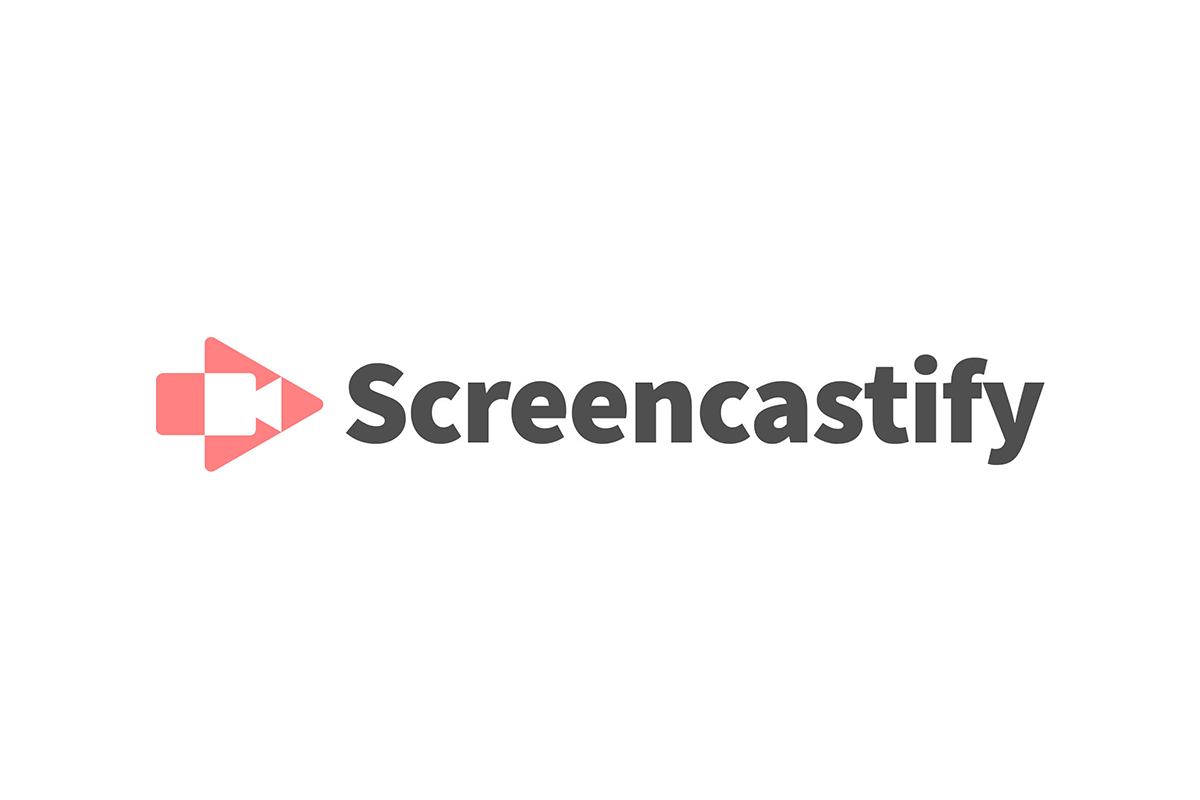As part of our leadership professional development we have started a Book Club. Not a Book Club like your usual book club, look at the cover and the back of the book, drink wine, nibble on snacks and gossip. No this one is where we actually discusses the book we are reading!
Like many schools around Aotearoa, we have an interesting mixture of behaviours sitting with our tamariki some chilled and placid, some lacking resilience some with loads of confidence some desperate to be leaders. We have followers and some seeking attention, we have those who love learning and enjoy being social and then a small bunch who are struggling to fit into any of these groups above. These are the tamariki that we say are 'out of control and often viewed as disrespectful'. How do we work to help these tamariki slide into spaces where they are wanting to learn and have control over their responses and are self regulating? As kaiako, we need to relearn some of our strategies, reflect on how they are landing with these tricky tamariki, fill our kete up with these new ways of being and try to make school a positive experience for both our tricky tamariki, all the other tamariki at school and our kaiako.
The author of our first Book Club book , Ross W Greene, PH.D has also written a book titled 'The Explosive Child' which immediately got my attention. Further reading on the back of the book I noticed that he works with whānau, various detention units as well as schools. This holistic approach to nurturing and guiding the development of our tamariki with strong support and aroha wrapped around them sits well with me and so with anticipation I started reading Chapter 1. The book was really easy to jump into as it described a scenario that often we see happening in our schools through a conversation and then a reflection. The kicker at the end of the chapter was what made me want to continue, "we're loosing a lot of kids and a lot of teachers because we view challenging kids the wrong way and handle them in ways that don't address their true difficulties. It's an exercise in frustration for everyone involved, and it's time to get off the running wheel."





















